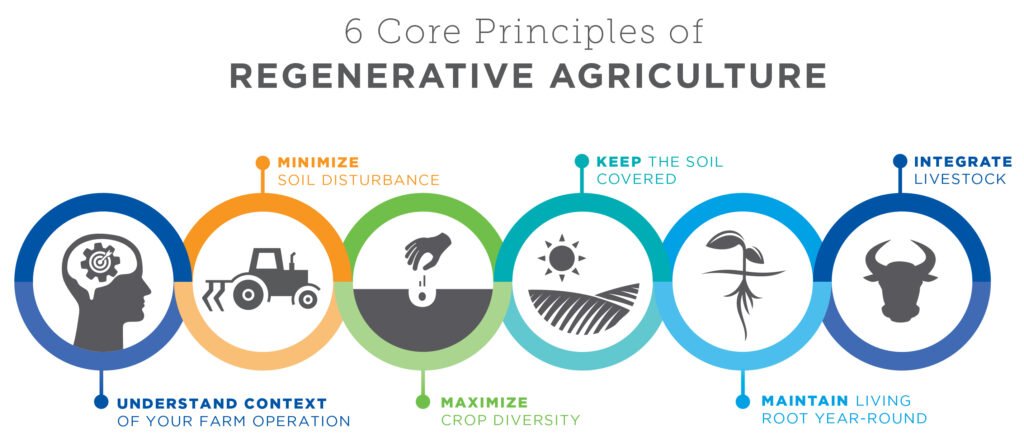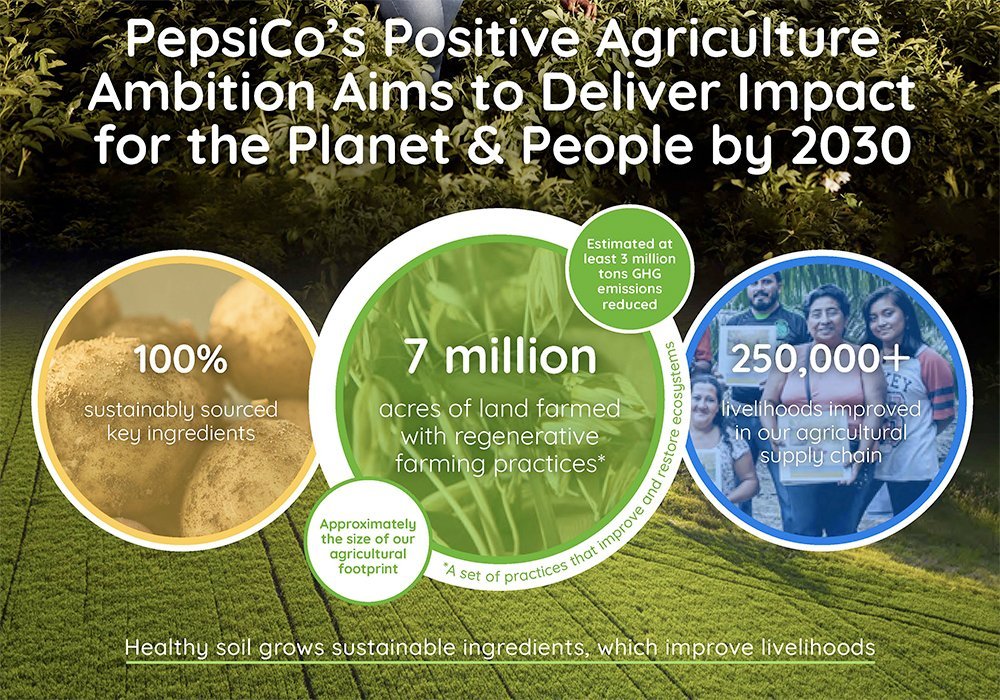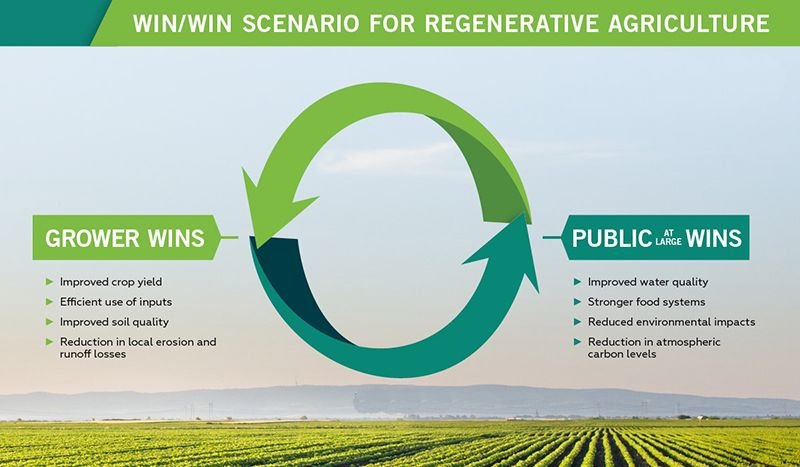Regenerative agriculture was often thought to be a fringe branch of the organic agricultural movement. The two fields are not similar, but the emphasis on soil protection and soil health is shared by both.

The primary purpose of regenerative agriculture is to improve soil health by reducing ploughing, establishing cover crops, and growing more varied crops.
These approaches may also help absorb carbon, so it’s no wonder that regenerative farming has become more popular in recent years, partially because it can give large businesses with another weapon in their carbon offset toolbox.

Pepsico, for example, stated in April that it will promote regenerative agriculture on 7 million acres of farmland. The company believes that the endeavor will avoid at least 3 million tonnes of greenhouse gas emissions (GHG) by the end of the decade.
PepsiCo emphasizes that the number of 7 million acres does not include land in its own supply chain. According to the corporation, 7 million acres is the amount of acreage utilized to cultivate its own crops and components. Apparently, the corporation does not anticipate converting its own supply chain to regenerative agriculture overnight.

The PepsiCo strategy is feasible, given that the objective of a broad transformation in agricultural techniques across millions of acres might be hampered by existing contracts, market availability, and other issues.
The firm also expects advantages related to biodiversity, water quality, and reduced usage of synthetic fertilizer, as well as an improved financial outlook for participating farmers.
Reference- CNN, PepsiCo website & PR, Clean Technica, PeerJ journal






